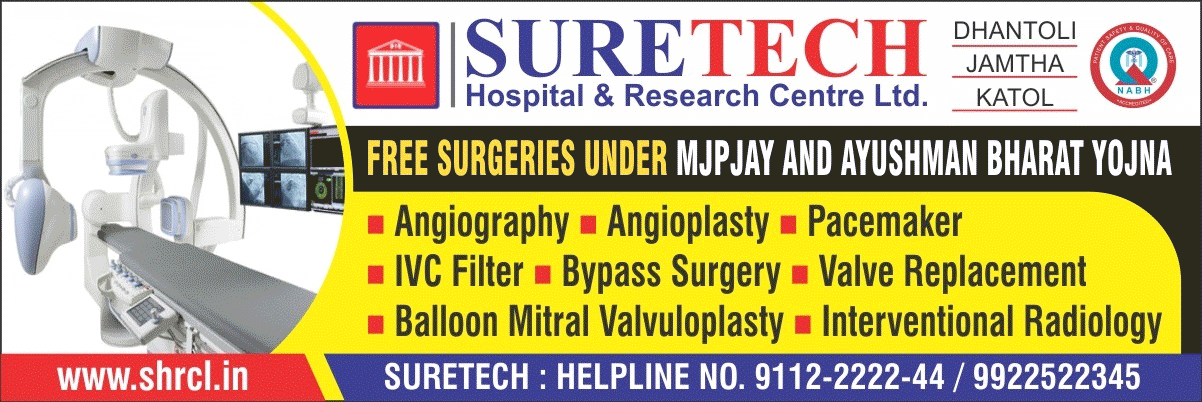One of kind product in Vidarbha; Harmony Autoclaved Aerated Concrete Block made from fly-ash
 Nagpur News.
Nagpur News.
Minister of Transport and Rural Development Nitin Gadkari said that the Harmony AAC product which is manufactured in Butibori is a eco-friendly product. These types of products come into being when brilliant minds are put to proper use for the development of the region. Gadkari said this after inaugurating the Vedshidha Products Pvt Ltd that is manufacturing Harmony Autoclaved Aerated Concrete (AAC) bricks out of fly-ash. He added that the manufacturers should think of products useful for low-cost housing projects for poor people. Gadkari said that his department is making toilets for the poor people. He claimed that Engineers from Pune have made water from oxygen present in the atmosphere. He said that Vidarbha has no dearth of genius or brilliant young people. All that is required is right opportunity at the right moment. He also encouraged the builders and others to buy these fly-ash bricks.
Chief Executive Officer of Biltech Manish Tiwari while speaking to the audience said that though he is from a company that is their rival, and had made the similar product way back in 1992 in Delhi, he will always support this company since people should now start to use this product since it is a better, cheaper alternative to the traditional clay bricks. This fly-ash brick is earthquake resistant too since in the event of an earthquake, the brick breaks into granular chunks causing least damage to life and property, he added. He quoted how his Biltech Company made fly-ash bricks were used to erect the 1000 bed hospital. He also claimed that his is the largest factory in India.
However, Manish Tiwari opined that this product is an ideal alternative to clay bricks in many respects like cost effectiveness, thermal proof, light weight (enough to float in water etc. He said that these bricks are ideal for Shopping Malls, movie theatres (effective in sound proofing) etc.
President of Mahakal Shikshan Sansthan Shankar Prasad Agnihotri said that these youngsters are not industrialists but entrepreneurs who have entered into the market with a product that should compete at National level.

Fly Ash Brick: Boon or bane
Fly Ash Brick (FAB) is a building material, specifically masonry units, containing class C fly ash and water. Compressed at 28 MPa (272 atm) and cured for 24 hours in a 66 °C steam bath, then toughened with an air entrainment agent, the bricks last for more than 100 freeze-thaw cycles. Owing to the high concentration of calcium oxide in class C fly ash, the brick is described as “self-cementing”. The manufacturing method saves energy, reduces mercury pollution, and costs 20% less than traditional clay brick manufacturing. Fly ash bricks are lighter than clay bricks.
AAC (Autoclaved Aerated Concrete) was invented in the mid-1920s by the Swedish architect and inventor Johan Axel Eriksson. AAC is one of the major achievements of the 20th century in the field of construction. It is a lightweight, precast building material that simultaneously provides structure, insulation, and fire and mold resistance. AAC Blocks is a unique and excellent type of building materials due to its superb heat, fire and sound resistance. AAC block is lightweight and offers ultimate workability, flexibility and durability. Main ingredients include fly ash, water, quicklime, cement, aluminum powder and gypsum. The block hardness is being achieved by cement strength, and instant curing mechanism by autoclaving. The chemical reaction due to the aluminum paste provides AAC its distinct porous structure, lightness, and insulation properties, completely different compared to other lightweight concrete materials. The finished product is a 2.5 times lighter Block compared to conventional Bricks, while providing the similar strengths. The specific gravity stays around 0.6 to 0.65. This is one single most USP of the AAC blocks, because by using these blocks in structural buildings, the builder saves around 30 to 35 % of structural steel, and concrete, as these blocks reduce the dead load on the building significantly







